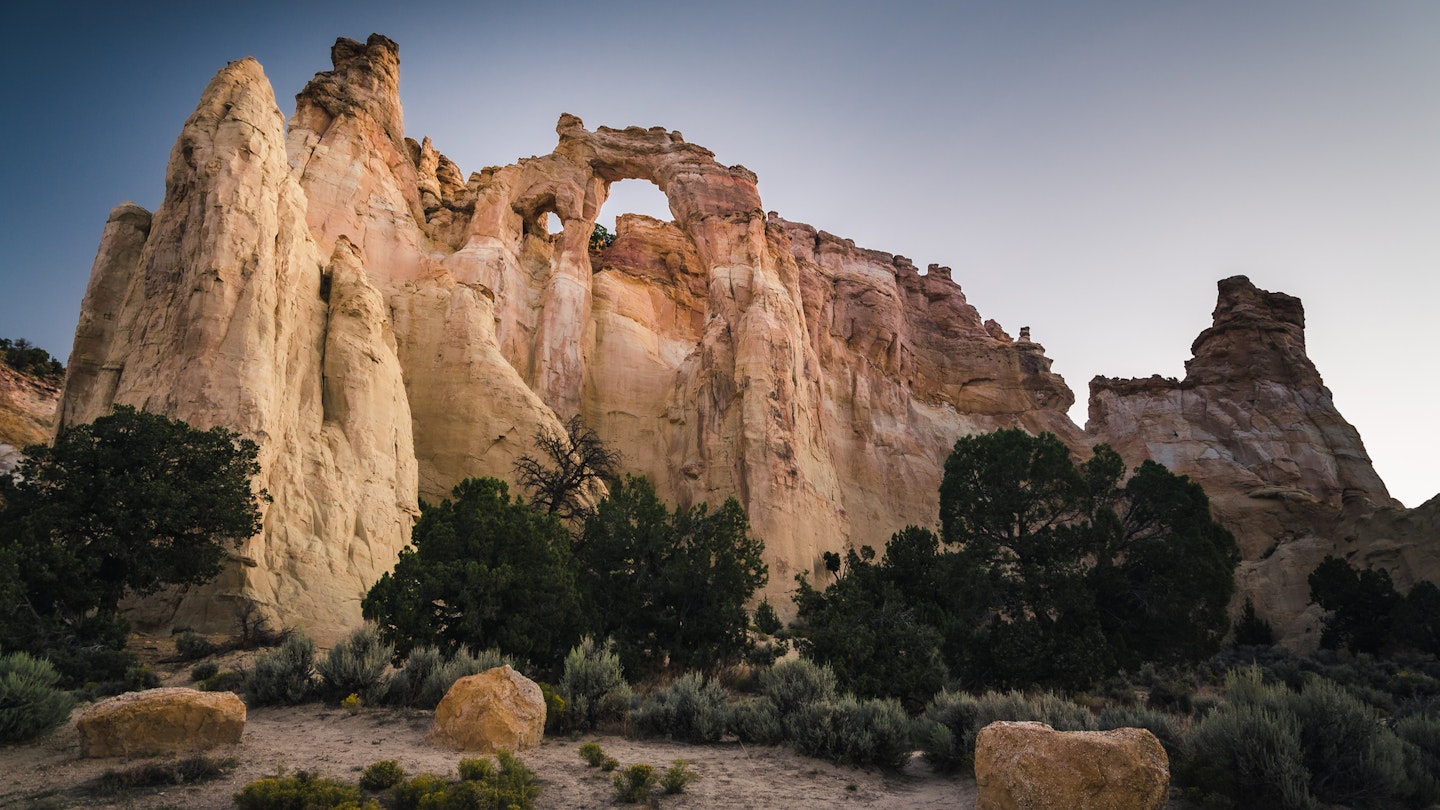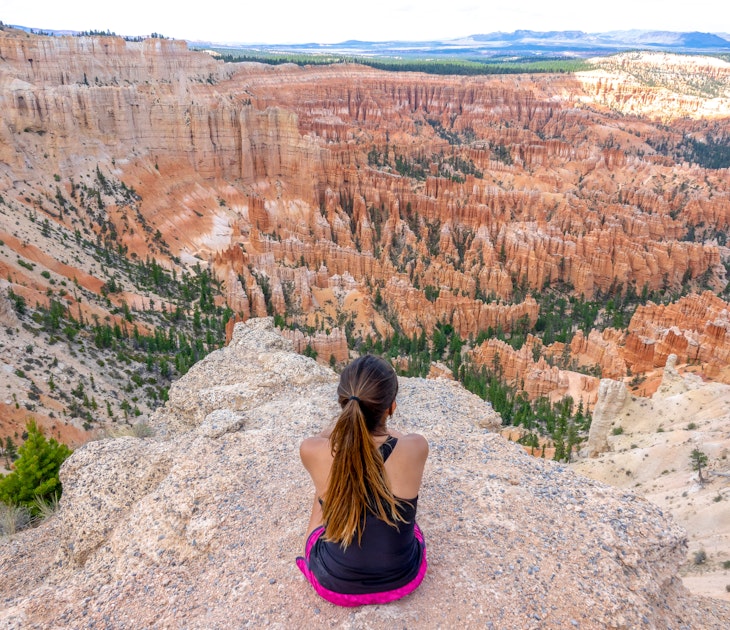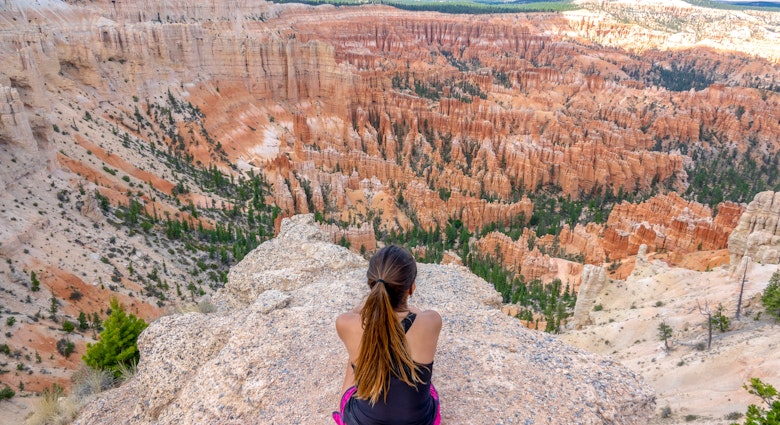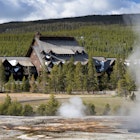Local Indigenous groups have praised US President Joe Biden's "positive step" in reinstating protections to two key national monuments in Utah, after they were drastically downsized under the Trump administration.
Grand Staircase-Escalante and Bears Ears were established as protected lands by presidents Bill Clinton and Barack Obama in 1996 and 2016, respectively, but were downsized by more than two-thirds under Donald Trump's administration in 2017—in what experts claim was the largest ever reduction of federally protected lands in the US. Biden's move to restore protections will grant more than three million acres to the land in southern Utah and will slightly expand Bears Ears from its original designation, the New York Times reports.
The regions are popular with hikers, climber and stargazers and have been home to Indigenous peoples for thousands of years. The Bears Ears region alone is home to more than 100,000 sacred sites and is regarded as a culturally and spiritually significant site for many Indigenous communities today. The Bears Ears Inter-Tribal Coalition (BEITT), a collective of local nations who have been advocating for meaningful protections for the landscape, welcomed Biden's decision on Friday, saying they see it as a "positive step towards uplifting Indigenous perspectives and respecting the inherent right of Tribes to manage ancestral homelands."
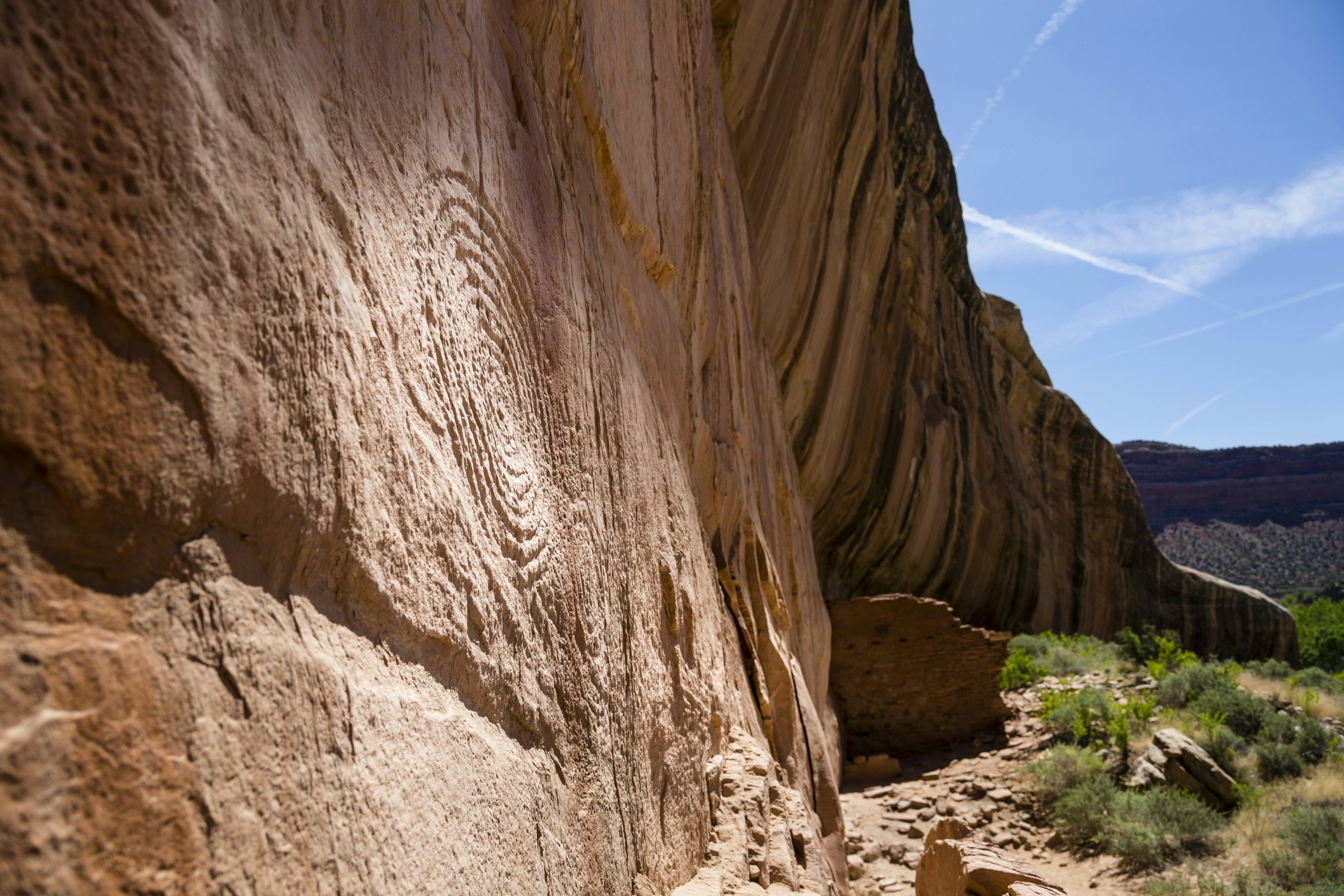
"The Monument represents a historic opportunity for the federal government to learn and incorporate our tribal land management practices. Practices that we developed over centuries and are needed more now than ever," Chairman Shaun Chapoose, Ute Indian Tribe Business Committee and BEITC member, said in a statement. "President Biden was right to reinforce the action taken by President Obama almost five years ago. We battled for this Monument because it matters."
The Antiquities Act was established in 1906 to give presidents the authority to prevent the destruction of national treasures on federal land and sea preserves by granting them monument status. As a national monument, these regions are generally protected from extractive commercial activity that could damage the environment, such as logging, mining, fishing and hunting.
When Obama established the Bears Ears monument in 2016, setting it aside for permanent protection, he noted the area's "extraordinary archaeological and cultural record" and the land’s "profoundly sacred" significance to several Indigenous tribes. But when protections were stripped away in 2017, the BEITT and local environmental groups recorded increases in vandalism, off-road vehicle and foot traffic in sensitive areas, and other damage to cultural and natural resources in the region.
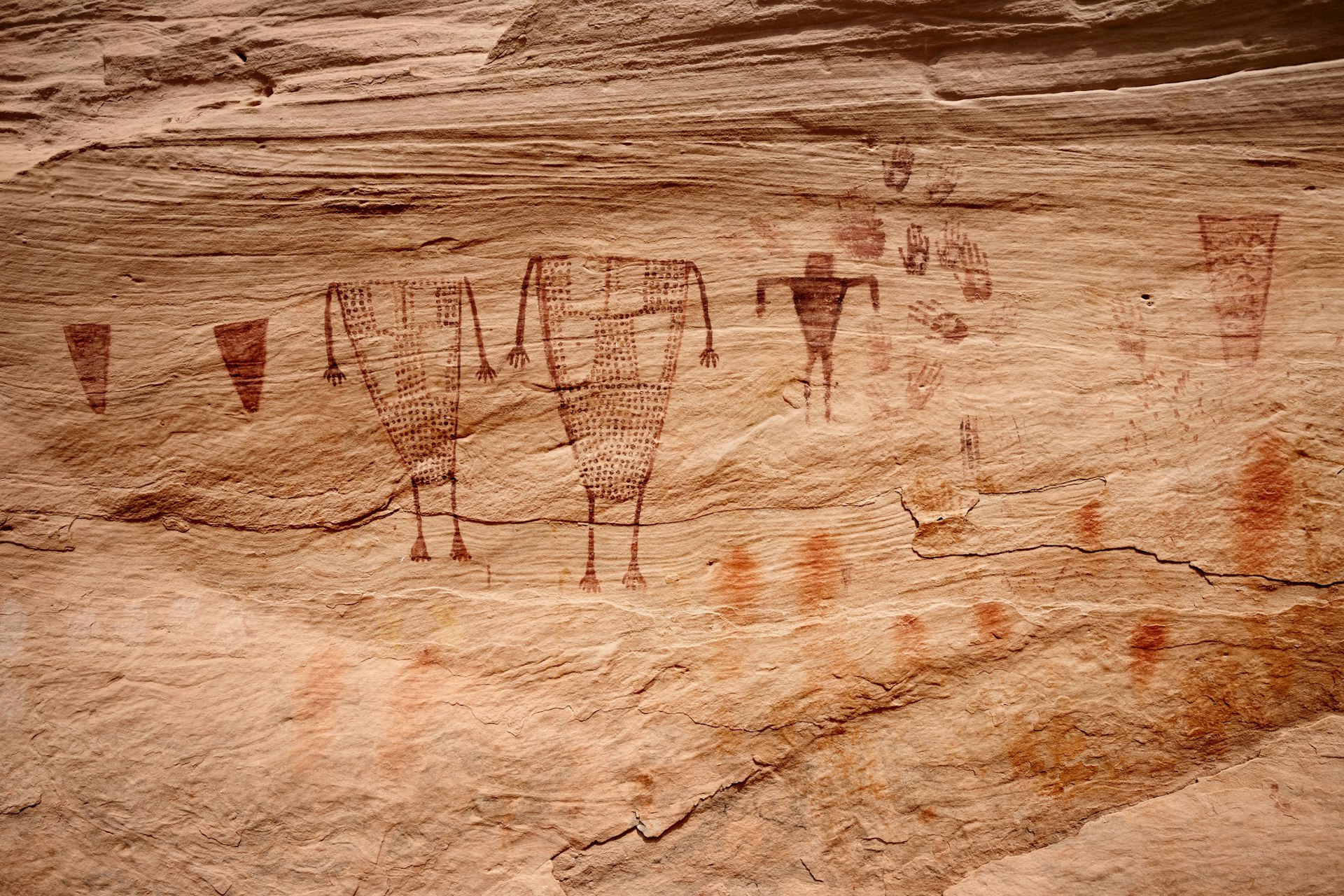
The coalition, which is made up of members of the Hopi Tribe, Navajo Nation, Ute Indian Tribe, Ute Mountain Ute Tribe and the Zuni Tribe, are hopeful that the damage will be reversed and a comprehensive land management plan is developed for the greater Bears Ears landscape, through consultation between government, land agencies and local tribes.
"By taking this action, President Biden will be recognizing the deep and enduring ancestral and cultural connections that Tribes have to this landscape and taking a step toward honoring his commitment to Indigenous People by acknowledging their original place in this country that is now our shared home," a BEITT spokesperson added.
Meanwhile, the government will also restore marine life protections for the Northeast Canyons and Seamounts Marine National Monument off the coast of New England after they were rolled back in 2017. It also plans to increase limits on commercial fishing in the region too, which is home to more than 1000 unique species of marine life. The White House said it is hopeful that restoring the Monument's protections will "expand the opportunity for unique scientific study and exploration, and protect and preserve natural and cultural resources for all Americans."
You might also like:
Traversing Bears Ears: adventuring through a sacred land
These US states are taking federal land protections into their own hands
8 places to honor Native American heritage in the US

